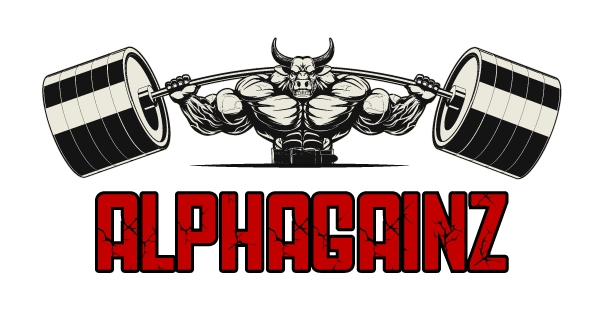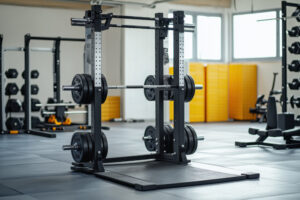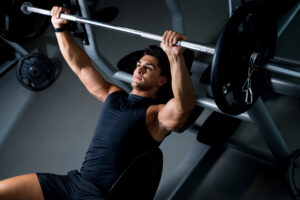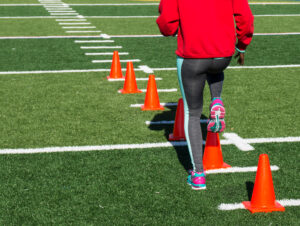I hurt my back deadlifting last year. Bad. Couldn’t tie my shoes for three weeks. All because I was trying to lift more than I could handle with proper form. I thought adding weight fast meant I was getting strong fast. I was wrong.
My brother-in-law Jim used to be a powerlifter. When I told him what happened, he just shook his head. Said he’d seen it a hundred times. Guys get impatient, start lifting heavy before they learn to lift right, then spend months recovering from injuries that could have been avoided.
When I got back to the gym, Jim made me start over. Empty barbell. Felt ridiculous doing deadlifts with just 45 pounds when I’d been pulling over 300. But my form was terrible and I didn’t even know it. He had me practice the movement pattern over and over until it felt natural.
That was eight months ago. Now I’m deadlifting more than I ever did before the injury, but this time I’m doing it right. Haven’t had so much as a sore back since then. Turns out good form isn’t just about preventing injuries – it’s actually the fastest way to get strong.
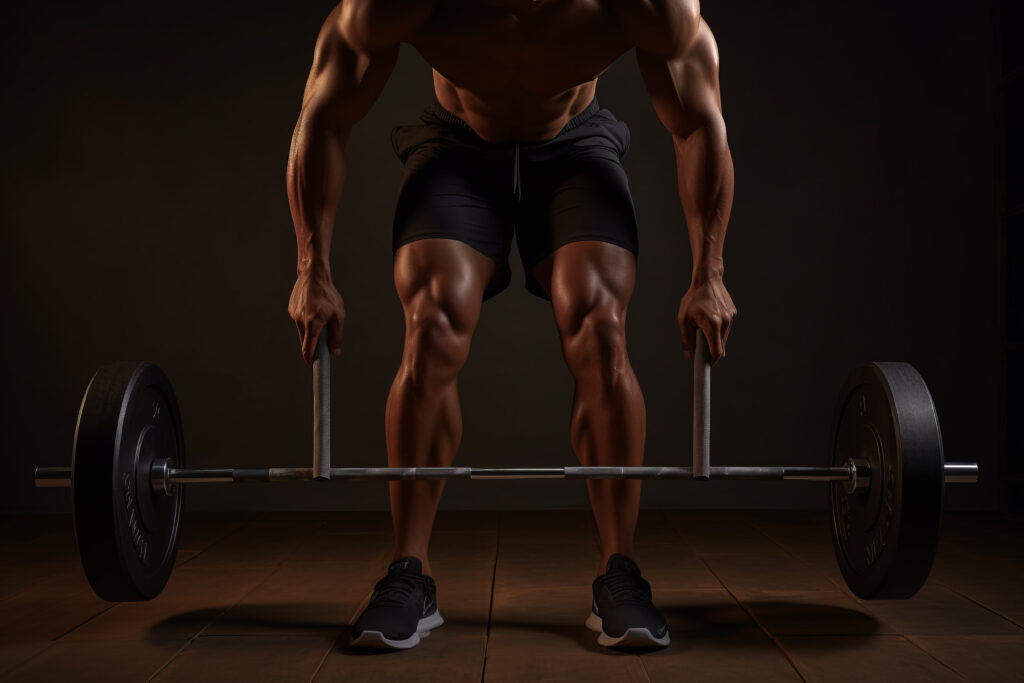
Lift Smarter, Not Harder. Let Us Help You
Why Form Makes You Stronger
Jim explained it to me like this. When you do an exercise with good form, the right muscles do the work. When your form breaks down, other muscles jump in to help. Sounds like that would be good, but it’s not.
Take squats. I used to load up the bar and barely go halfway down. Thought I was getting stronger because I could handle more weight. Jim made me squat all the way down with 50 pounds less. My legs were shaking after five reps. Turns out I’d been using my back and barely working my legs at all.
Same thing with bench press. I was bouncing the bar off my chest and arching my back like crazy. Jim showed me how to do it with control, pausing on my chest, keeping my back flat. Had to drop the weight by 30 pounds but my chest actually got sore for the first time in months.
When you do the movement right, you work the muscle through its full range of motion. This is what actually builds strength. Heavy weight with partial reps might look impressive but it doesn’t do much for building real muscle.
Learning to Move Right
Jim told me something that stuck with me. He said every exercise in the gym is practice for moving in real life. Deadlifts teach you how to pick things up safely. Squats teach you how to get up and down properly. Overhead press teaches you how to put things on high shelves.
I started noticing this after I learned proper form. When I help my neighbor move furniture or carry stuff at work, I automatically use the movement patterns I practice in the gym. Before, I was basically practicing bad movement patterns that carried over into daily life.
Starting Over Wasn’t Fun
Having to drop weight was embarrassing. I worried other people in the gym were judging me. Jim said that’s normal but nobody actually cares what you’re lifting. The guys who’ve been training for years can spot good form from across the room, and they respect that more than heavy weight with bad form.
It took about six weeks to relearn the basic movements. Some days were frustrating because I felt like I was going backward. But Jim kept reminding me that building a good foundation takes time, and rushing it is what got me hurt in the first place.
The funny thing is, once I got the movements down, my progress was way more consistent. Instead of big jumps followed by plateaus and setbacks, I started seeing steady improvement every week. My body could recover better because I wasn’t constantly beating it up with bad form.
Other Ways to Get Stronger
Jim taught me that adding weight isn’t the only way to make exercises harder. You can do more reps, add more sets, slow down the movement, or go deeper into the range of motion. Sometimes these methods work better than just slapping more plates on the bar.
One of my best deadlift sessions was when Jim had me slow down the lowering portion of the lift. Same weight I’d been using, but it was way harder and my muscles felt more worked afterward. Never would have thought of that when I was just focused on moving heavy weight.
Staying Healthy Long Term
The injury scared me because I realized how easily years of progress could disappear. One bad rep and I was back to square one, dealing with pain and physical therapy instead of getting stronger.
Jim’s been lifting for fifteen years and never had a serious injury. Says it’s because he learned early that consistency matters more than intensity. Better to train with good form for decades than to lift heavy for a few months and get hurt.
I’m 28 now and want to still be lifting when I’m 50. That won’t happen if I keep getting injured. Learning proper form isn’t just about getting stronger now – it’s about being able to stay active for the rest of my life.
Listening to Your Body
Good form teaches you to pay attention to how exercises feel. You learn the difference between muscles working hard and something feeling wrong. When I was just trying to move heavy weight, I ignored warning signs because I didn’t want to seem weak.
Now I know when to push and when to back off. If something doesn’t feel right, I stop and figure out what’s wrong instead of pushing through and hoping for the best.
Making the Change
If you’re focused on weight over form, you’ll probably need to drop the weight on most exercises. It’s humbling but necessary. Have someone experienced watch your form or record yourself to see what you’re actually doing.
Set goals that aren’t about the numbers on the bar. Focus on feeling the right muscles work, getting full range of motion, or doing every rep exactly the same way. The weight will go up naturally when your form is solid.
Find someone who knows what they’re doing to help you learn. I couldn’t have figured this out on my own. Jim’s guidance made all the difference between spinning my wheels and actually making progress.
Remember why you’re doing this. Most of us lift to be stronger and healthier, not to impress people at the gym. Good form gets you there faster and keeps you there longer.
